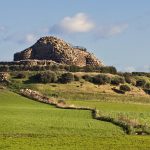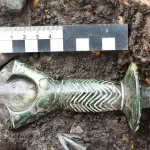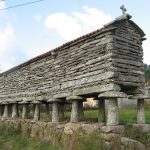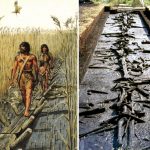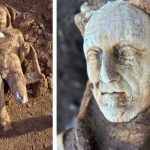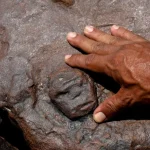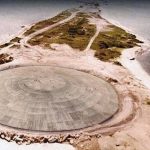Paleontologists Unearth Exceptionally Preserved Giant Lizard Fossil in Tenerife
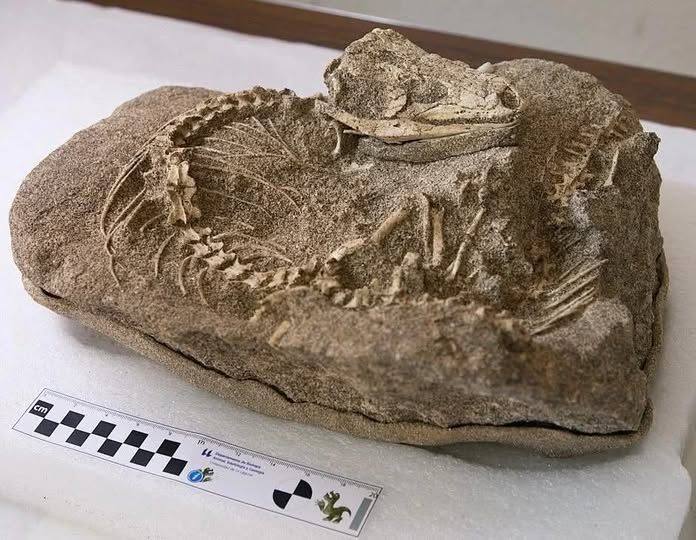
Paleontologists have made a remarkable discovery on the Spanish island of Tenerife—a nearly complete and still-articulated skeleton of a giant lizard dating back approximately 700,000 years.
Researchers believe the fossil may belong to the extinct species Gallotia goliath, a giant lizard that lived long before humans arrived in the Canary Islands. The discovery was made by Arnoldo Santos-Guerra, a retired botanist, who stumbled upon the fossil while searching for snail shells two years ago.
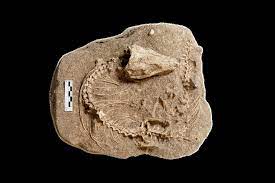
The 42-pound block of sandstone containing the skeleton also held a second lizard specimen—possibly a smaller or juvenile individual—but it was in a much more deteriorated condition. Scientists suspect the two lizards may have died together, perhaps buried suddenly in a sand dune. The larger lizard’s skeleton was found in life position, not scattered, indicating it was quickly buried and protected from scavengers and decay.

Upon the find, Santos-Guerra contacted paleontologist Carolina Castillo Ruiz of the Universidad de La Laguna, where the specimen was carefully scanned, cleaned, and is now undergoing further analysis.
Digital reconstructions of the lizard’s skull are being compared with both extinct and living species from the Canary Islands. Detailed examination of skeletal features will help confirm whether the fossil is indeed Gallotia goliath or another unknown species.
The university’s fossil collections already include lizard remains from nearby El Hierro, dating from 4,000 to 15,000 years ago. These collections feature well-preserved jaws, teeth, leg bones, and other elements that are being used for comparative studies. According to Castillo Ruiz, the exceptional preservation of the newly discovered skeleton allows researchers to measure full anatomical proportions directly—an advantage rarely afforded by fragmentary fossils.
This discovery not only enriches our knowledge of prehistoric life in the Canary Islands, but also offers critical insights into the paleoecology of the region. By examining the fossil’s morphology, scientists can better understand the evolutionary history, behaviors, and ecological adaptations of these ancient reptiles.
Future research will focus on a detailed anatomical analysis of the fossil, contributing to broader studies on biodiversity and environmental change in the Canary archipelago over time.
